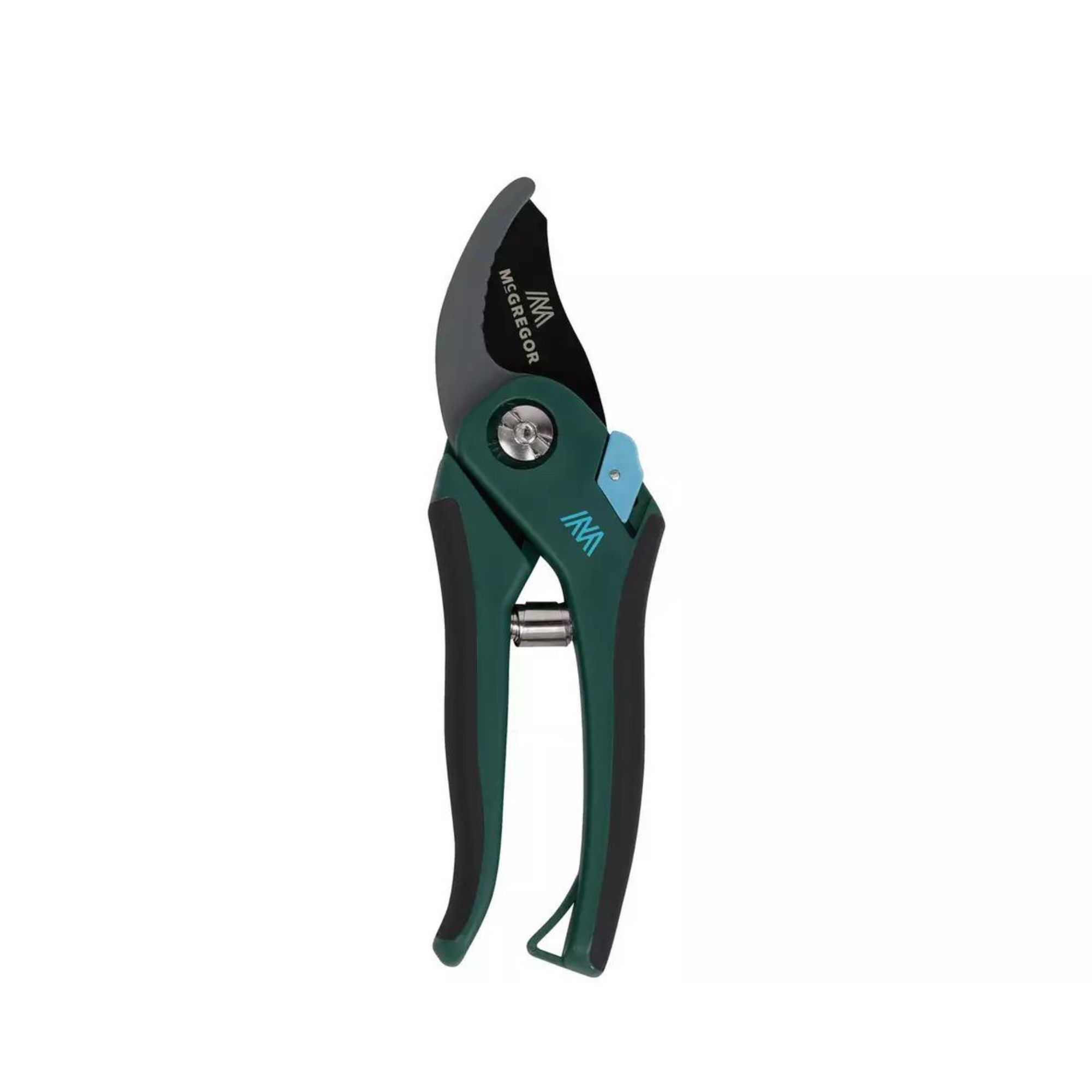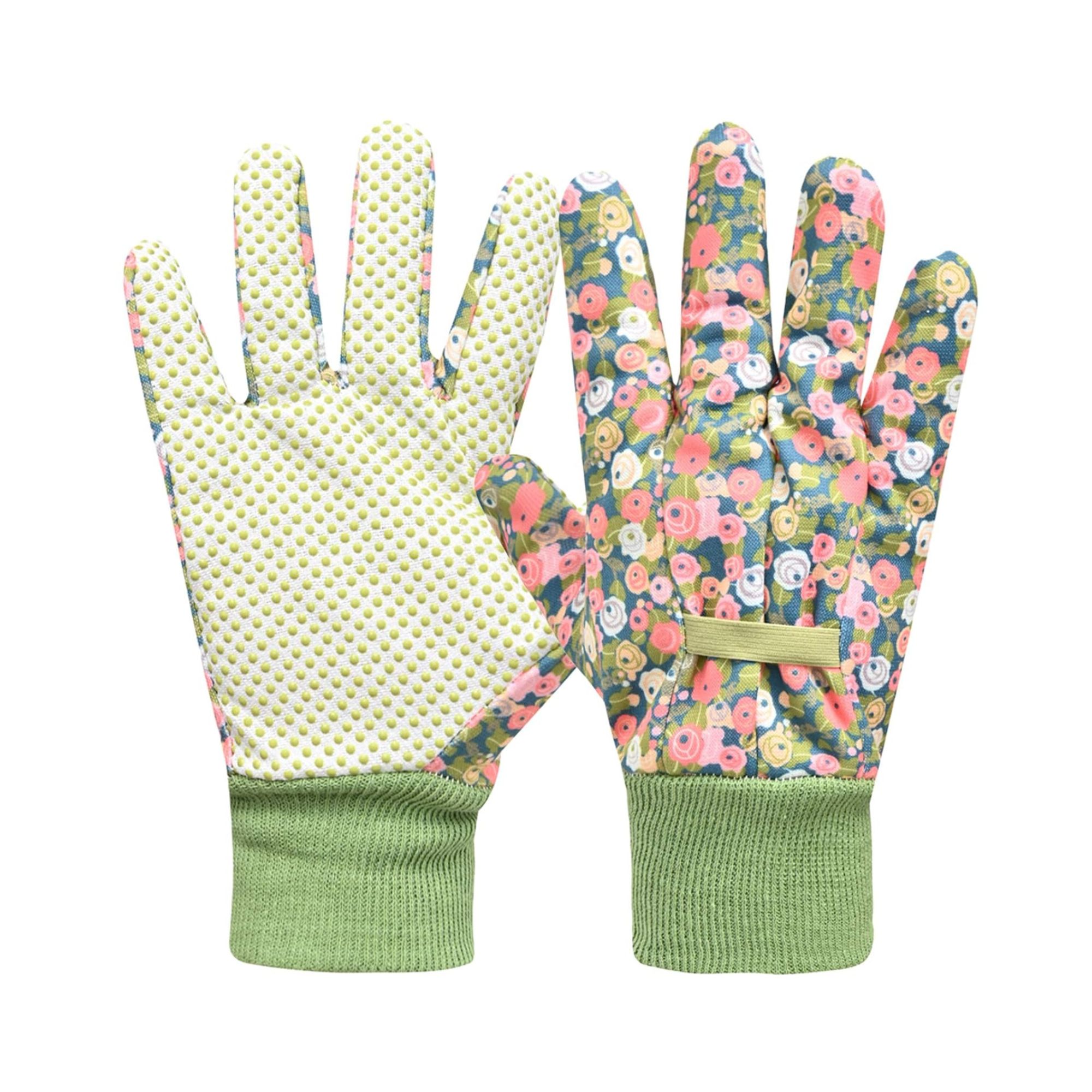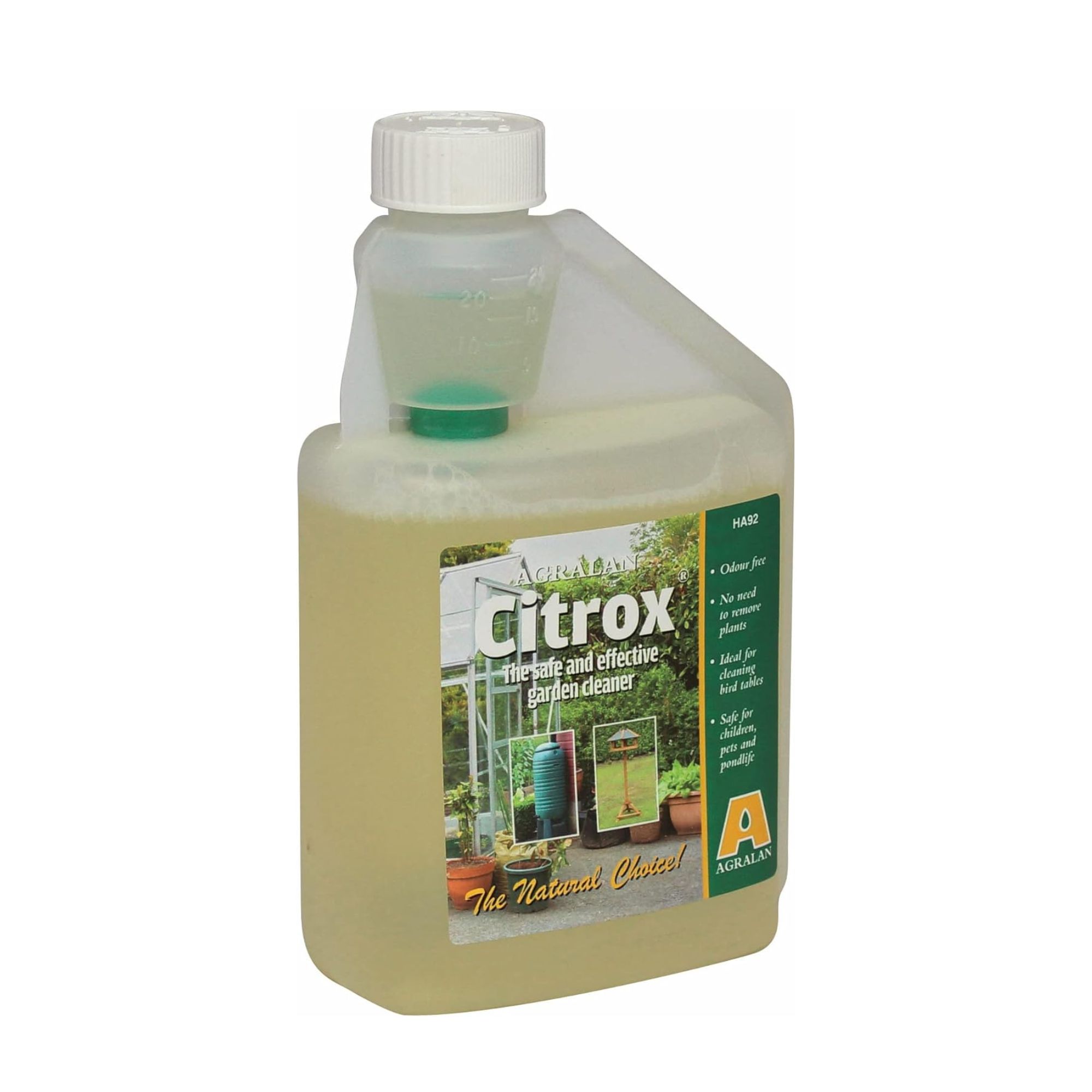How to deadhead sweet peas in 3 easy steps to promote growth and prolong their blooming period
Keep this cottage garden favourite alive for longer
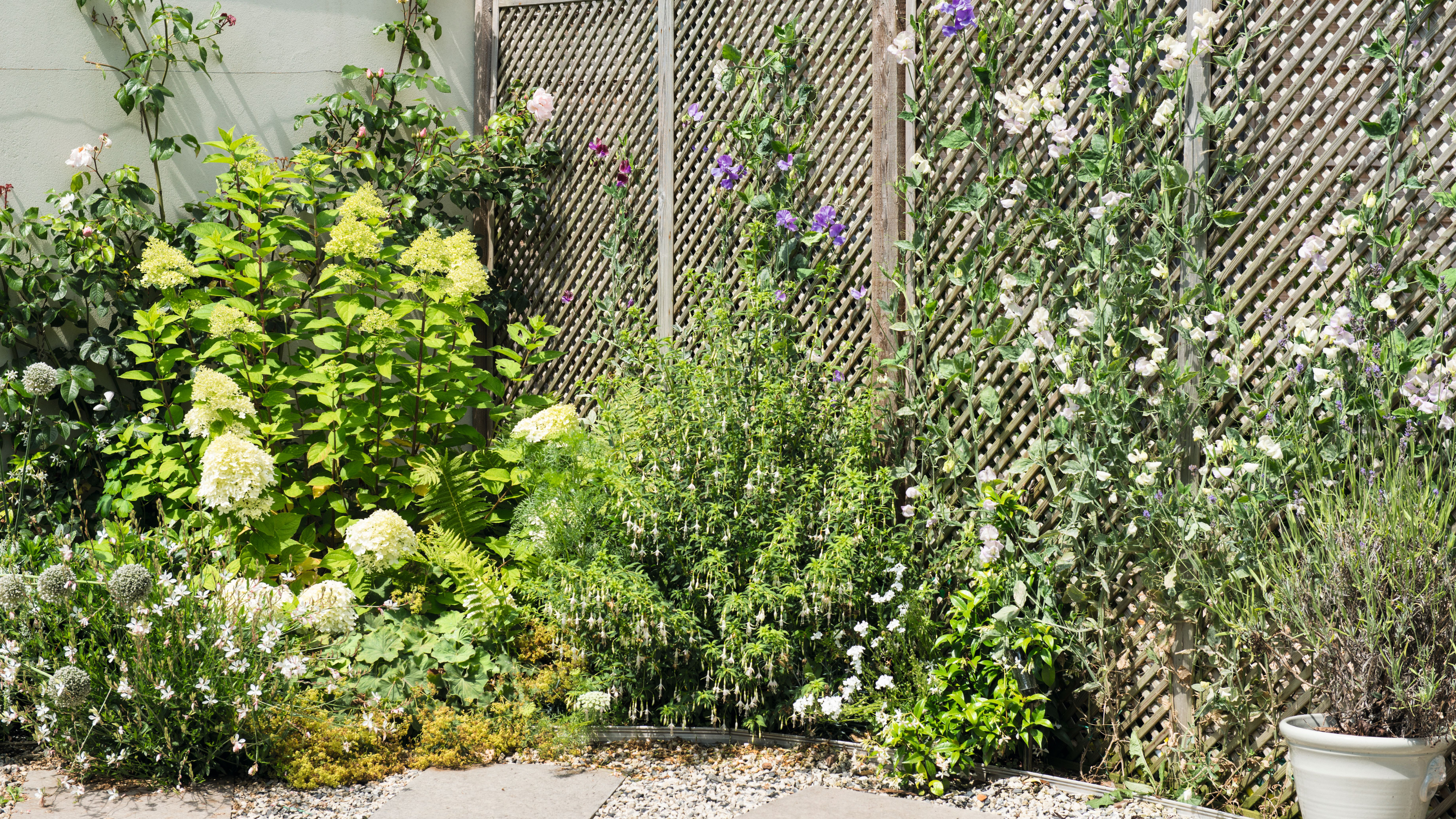

If you love sweet peas as much as we do (which is a lot), you probably want to get the most out of these annuals. And if you want to promote growth and prolong their blooming period, you need to know how to deadhead sweet peas.
Yes, while knowing how to care for sweet peas is the first step to growing beautiful blooms, keeping them looking their best is another skill entirely. And it doesn’t matter whether you’ve grown sweet peas from seed or plug plants; you still want to avoid making any deadheading mistakes that will negatively affect their growth.
As Kate Turner, Gardening Guru for Miracle-Gro, explains, ‘Regularly removing spent flowers encourage continuous blooming throughout the season. This also prevents the plant from putting energy into seed production, prolonging flowering.’ But how do you deadhead sweet peas? Well, we’ve got you covered.
What you’ll need
Step-by-step
1. Keep track of time

If your sweet peas aren’t flowering or they’re starting to look a little worse for wear, deadheading is essential. In fact, you should deadhead any sweet peas that look dead or diseased as soon as you spot them.
But to keep your sweet peas blooming for as long as possible, you ultimately want to stop them from going to seed. And the best way to keep seed pods at bay is to keep track of time. In fact, Monty Don’s sweet pea hack is to wait 10 days after the flowerhead has appeared to pick it off.
This will give you time to enjoy the blooms but also give you the chance to deadhead at the optimal time. This is echoed by Morris Hankinson, Managing Director of Hopes Grove Nurseries, who says, ‘When sweet peas are flowering, it's important to deadhead them throughout their blooming season to help promote flowering. This is typically from late spring to early autumn.’

Morris Hankinson is the founder and managing director of Hopes Grove Nurseries Ltd, the UK’s only specialist grower-retailer of hedging plants. He established the thriving business in 1992, shortly after graduating with a Commercial Horticulture Degree from Writtle College, Essex.
2. Deadhead the spent blooms
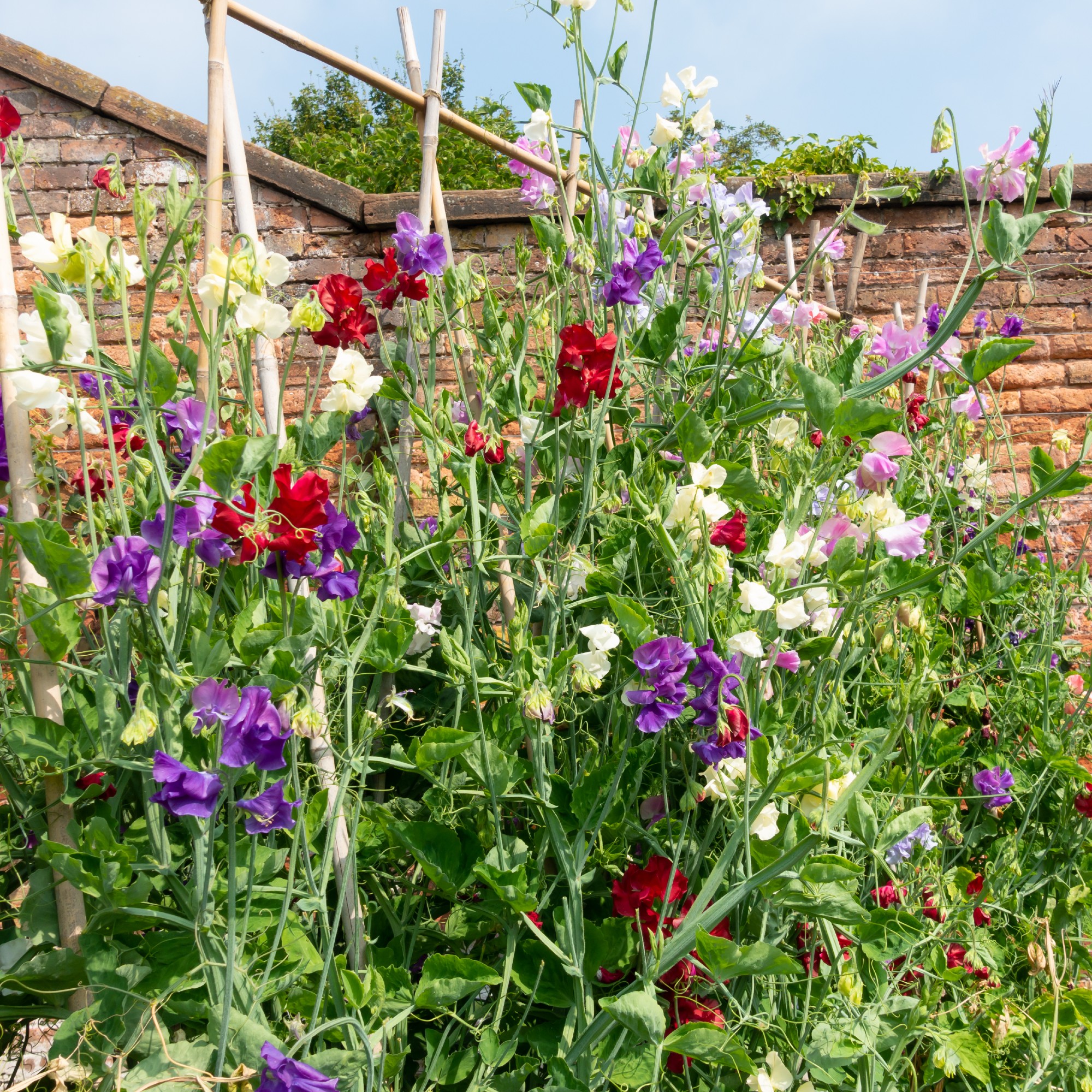
After 10 days, your sweet pea flowers should be visibly wilting anyway. So, even if you deadhead at 9 or 11 days, there should be visible signs that it’s time to deadhead.
Sign up to our newsletter for style inspiration, real homes, project and garden advice and shopping know-how
And while you can deadhead sweet peas by simply pinching off the flowers between your thumb and index finger, Morris also notes that you can ‘use sharp scissors or pruning shears to deadhead sweet peas.’ Just remember to clean your garden tools before doing this.
To deadhead sweet peas, all you need to do is snip off the sweet pea flower where the plant stem meets the bottom of the flower. Morris says, ‘Cut just above the first pair of healthy leaves below the spent bloom. Ensure the cut is clean to avoid damage to the plant.’
You should do this as often as possible to promote extra growth and prevent seed pod growth. And if you see a seed pod, you should snip this off immediately.
3. Add the waste to your compost bin

Once you’ve pinched or snipped off your sweet pea blooms, you should then dispose of the waste. This is hugely important, as Morris says, ‘it keeps the area tidy and prevents disease.’
If you can, add the spent blooms to your compost pile so they can rot down and you can then use the compost to feed your garden or fill your raised garden beds.
The only exception to this rule is if you want to dispose of seed pods, as adding them to a compost pile could result in them germinating in place. This can ultimately cause sweet peas to pop up elsewhere.
To prevent this, you need to either regularly turn the organic matter in your compost bin with a garden fork (which, in essence, smothers the seeds) or pop them in your normal waste bin instead.
FAQs
What do you pinch out on sweet peas?
When your sweet pea plants are in a juvenile state, pinching them out can result in bigger and bushier growth. This can make a huge difference to the adult plant and make an even bigger statement in your garden.
You should aim to pinch out sweet peas when they are between 10 and 15cm tall and have three or four leaves. To do this, find the central growing tip (which can be found just above a leaf joint) and pinch it between your finger and thumb. This will encourage the plant to grow out rather than up.
How do I stop my sweet peas from growing too tall?
Left to their own devices, sweet peas can grow to incredibly tall heights. To stop your sweet peas from growing too tall, you need to encourage side growth instead. This can be done by pinching out the plant during its earlier stages of growth.
As your sweet peas grow, you should also support them on canes. This will help the sweet peas to continually grow sideways and promote bushier growth.
What do you do with sweet pea flower pods?
If you don’t want to propagate sweet peas, you should dispose of your sweet pea pods on the compost pile (making sure to continually turn the compost pile to prevent germination) or dispose of them in your waste bin.
If you do want to propagate sweet peas from seed, though, you can collect the seed pods and open them up to gather the seeds. Then, store them in an airtight container until you’re ready to use them.
So, now you know how to deadhead sweet peas, it’s time to get cracking!

Lauren Bradbury has been the Content Editor for the House Manual section since January 2025 but worked with the team as a freelancer for a year and a half before that. She graduated with a Bachelor’s degree in English and Creative Writing from the University of Chichester in 2016. Then, she dipped her toe into the world of content writing, primarily focusing on home content. After years of agency work, she decided to take the plunge and become a full-time freelancer for online publications, including Real Homes and Ideal Home, before taking on this permanent role. Now, she spends her days searching for the best decluttering and cleaning hacks and creating handy how-to guides for homeowners and renters alike, as well as testing vacuums as part of her role as the Ideal Home Certified Expert in Training on Vacuums, having spent over 110 hours testing different vacuum models to date!
